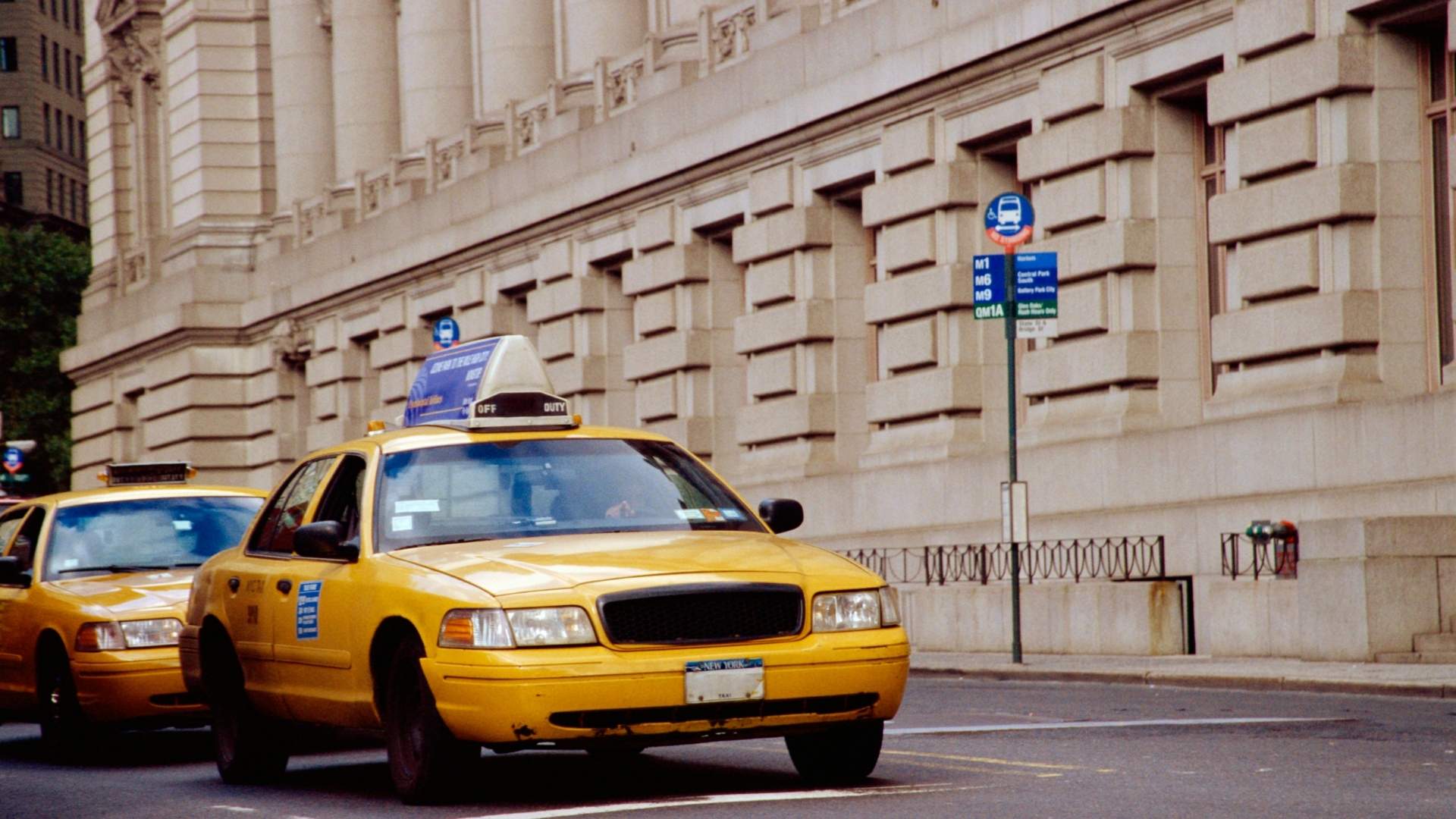Industry
Fleet, Taxi, and NEMT
Driver apps, dispatch boards, and customer links that show where the day really is. For delivery fleets, service fleets, taxi operators, and NEMT providers across Canada and the U.S. You already have phones in vehicles, GPS, and a patchwork of portals. Jobs still change by text. Proof sits on someone’s camera roll. Customers call for status. This page brings those pieces into one view—separate lanes for Fleet, Taxi, and NEMT—so each team can run their day.
Three lanes, one picture
- Fleet: delivery, service, municipal—DVIR to shop, live boards, POD.
- Taxi: booking & dispatch, driver app/link, corporate/account portals.
- NEMT: intake & scheduling, care context for drivers, facility portals, compliant packets.
Fleet (delivery, service, municipal)
Problems we hear
- Jobs resequenced after roll-out; downstream team blind
- Paper DVIRs incomplete; shop can’t make work orders
- Breakdowns phoned in; never hit the board
- POD/photos don’t make billing packets
- Managers spend hours for AM/PM reads
What we build
- Driver app: sign-on, DVIR (photos), stops, notes, nav, POD/signatures, issue reports, closeout
- Dispatch board: assign, resequence, ETA colours, exception tags, hold/skip/return
- Maintenance handoff: DVIR defects → tasks; PM by miles/hours; what’s down/returning
- Customer link: live ETA, window updates, photo proof, feedback
Results
- Fewer calls
- DVIRs become real tasks
- On-time PMs
- AM/PM read managers trust
Taxi operations (taxi, livery, corporate accounts)
Problems we hear
- System doesn’t match how dispatch actually runs
- Drivers juggle apps; location drops in low signal
- Airport/school rules live in heads
- Receipts/vouchers messy; accounts wait for statements
- “Where is my cab?” calls flood the desk
What we build
- Booking & dispatch: phone/web/kiosk queue; zones & ranks; auto-assign; live map & time-out warns
- Driver app/link: offline-tolerant pings; job card/notes; return trips; meter/flat; tips/signature; incidents/L&F
- Corporate portal: self-serve bookings; favourites; approvals/budgets; monthly statements & CSV; dept policies
- Rider status: link with car/plate/ETA; masked contact; receipts stored
Results
- Shorter ring times
- Fewer abandoned calls
- Fewer rider status calls
- Cleaner account billing
NEMT (non-emergency medical transport)
Problems we hear
- Auth and trip notes late or incomplete
- Drivers lack building/unit/mobility details
- Will-calls create gaps and overtime
- Facilities/case managers call for status
- Billing packets miss signatures/timestamps → denials
What we build
- Intake & scheduling: eligibility/auth docs; recurring; will-call; return pairing; mobility/equipment/escort
- Driver app: door/curb/bed prompts; pickup/drop signatures with time/location; incident notes/photos; PHI-safe handoff
- Facility portal: book/edit/cancel; ETA & status; bulk dialysis/physio blocks; program/facility reports
- Billing & compliance: auto-packets (auth/signatures/timestamps/mileage); payer/clearinghouse export; exceptions & audit
Results
- Fewer denials
- Fewer “where’s the ride” calls
- Tighter on-time performance
- Cleaner documentation
Shared building blocks
- Role-based access for dispatch, drivers, shop, back office, and customers
- Photo/file storage tied to unit/load/ride IDs
- Alerts that cut noise and raise only what matters
- Offline-tolerant mobile flows for low-signal areas
- Data residency options in Canada and the U.S.
- Encryption in transit and at rest; change history on key fields
Integrations
Telematics & cameras
- Samsara, Geotab, Motive, Fleet Complete, Verizon Connect
- Google/Apple/Mapbox for maps & routing; route engines as needed
Back office
- TMS/WMS for fleet freight crossovers
- Shop systems for parts & vendor payables
- Payment providers, vouchers, clearinghouses (NEMT)
Identity & files
- SSO if you use it
- SharePoint, Google Drive, Box for artefacts & statements
- Scheduled syncs + retries when APIs are limited
IDs for vehicle/medallion, driver, route/ride, customer, and facility are mapped so names line up.
Typical starting points
Fleet
DVIR with photo proof into the shop; live route board with customer links.
Taxi
Unified booking + dispatch with rider status links; corporate portal with statements.
NEMT
Facility portal with bulk scheduling; driver app with signatures and compliant packets.
Pilot plan
Weeks 1–2
Pick one lane and one outcome. Map data sources and rules. Draft the key screens.
Weeks 3–6/8
Build the first version. Connect telematics and back office. Run with one depot, rank, or facility.
Week 8+
Keep what works, tune alerts and reports, then roll to more vehicles, zones, or clinics.
Why teams choose this
- Less huntingFiles and answers in one place
- Clear ownersNames and dates on every step
- Fewer callsCustomer and facility status links
- Steady handoffsBreakdowns and DVIRs hit the board
- Leader readAM/PM snapshot that reflects reality
Start a conversation
Send one lane that clogs your day—DVIR to shop, booking/dispatch, facility scheduling, or billing packets. We’ll outline a first release that fits your hardware and systems, then put it in front of drivers, dispatch, and customers without stopping the operation.
fleet software, DVIR app, driver app, dispatch board, proof of delivery, POD photos, route resequencing, telematics integration,
taxi dispatch system, taxi driver app, corporate account portal, rider status link, vouchers statements, zones ranks airport rules,
NEMT scheduling, facility portal, eligibility authorization, door-to-door service, signatures timestamps mileage, compliant billing packets,
Samsara Geotab Motive Fleet Complete Verizon Connect integration, Google Maps Apple Mapbox routing, SharePoint Google Drive Box documents,
SSO identity, offline tolerant mobile, data residency Canada United States, encryption at rest in transit, audit logs, exception handling



